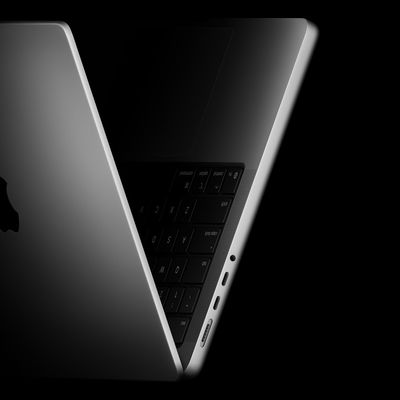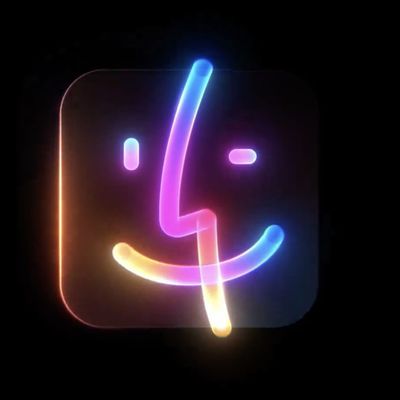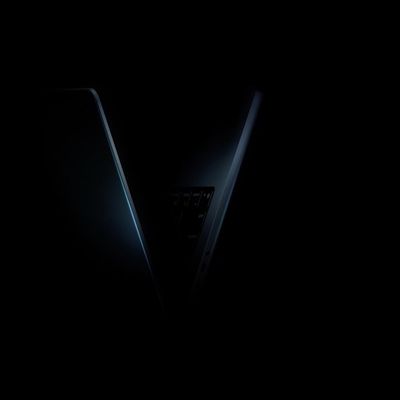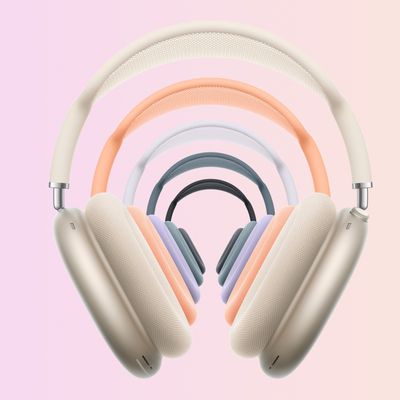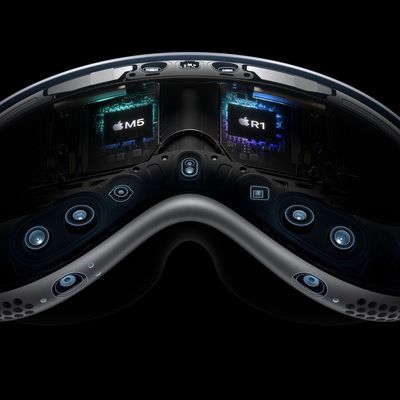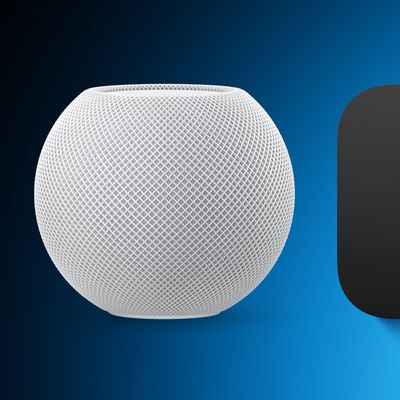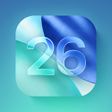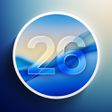Apple Updates Mountain Lion Developer Preview With New Security Features
Apple has issued a new update for Mountain Lion Developer Preview 4 via the Mac App Store. It was first noticed by Twitter user @Lhunar and introduces the new Mountain Lion Security Update system.
The new system does daily checks for security updates as Apple ramps up its security protocols in the next-generation operating system. Earlier this month, it was noticed that Apple had changed the language on its OS X marketing pages following the Flashback malware attack earlier this year.
The new security system in Mountain Lion -- including Gatekeeper and other features -- appears to be a significant expansion of the XProtect system that Apple has used in the past to try to thwart OS X malware.

OS X Security Update Test 1.0 -- Restart Required
This update tests the new Mountain Lion Security Updates system. The new system includes:
- Daily Checks for required security updates
- The ability to install required security updates automatically or after restarting your Mac
- A more secure connection to Apple's update servers.
This update includes general updates and improvements to Mountain Lion Developer Preview 4.
The update weighs in at 1.16GB and is available to developers with Mountain Lion DP4 installed via the Mac App Store.
Popular Stories
Apple today updated the 14-inch MacBook Pro base model with its new M5 chip, which is also available in updated iPad Pro and Vision Pro models.
In addition, the base 14-inch MacBook Pro can now be configured with up to 4TB of storage on Apple's online store, whereas the previous model maxed out at 2TB. However, the maximum amount of unified RAM available for this model remains 32GB.
Like...
Apple today announced the next-generation iPad Pro, featuring the custom-designed M5, C1X, and N1 chips.
The M5 chip has up to a 10-core CPU, with four performance cores and six efficiency cores. It features a next-generation GPU with Neural Accelerator in each core, allowing the new iPad Pro to deliver up to 3.5x the AI performance than the previous model, and a third-generation ray-tracing ...
Apple plans to announce new products "this week," according to Bloomberg's Mark Gurman.
Apple's "Mac Your Calendars" teaser last October
In his Power On newsletter today, Gurman said the products set to be updated this week include the iPad Pro, Vision Pro, and "likely" the base 14-inch MacBook Pro, with all three likely to receive a spec bump with Apple's next-generation M5 chip.
Gurman...
We didn't get a second fall event this year, but Apple did unveil updated products with a series of press releases that went out today. The M5 chip made an appearance in new MacBook Pro, Vision Pro, and iPad Pro models.
Subscribe to the MacRumors YouTube channel for more videos.
We've rounded up our coverage and highlighted the main feature changes for each device below.
MacBook Pro
M5...
Apple marketing chief Greg Joswiak today teased the launch of an upcoming product, saying "something powerful is coming" on social media.
Subscribe to the MacRumors YouTube channel for more videos.
A short animation accompanying Joswiak's teaser reveals a brief glimpse of a MacBook Pro along with the words "coming soon." The shape of the MacBook Pro is a V, which is the Roman numeral...
Apple's AirPods Max have now been available for almost five years, so what do we know about the second-generation version?
According to Apple supply chain analyst Ming-Chi Kuo, the new AirPods Max will be lighter than the current ones, but exactly how much is as yet known. The current AirPods Max weigh 0.85 pounds (386.2 grams), excluding the charging case, making it one of the heavier...
Apple today updated the Vision Pro headset with its next-generation M5 chip for faster performance, and a more comfortable Dual Knit Band.
The M5 chip has a 10-core CPU, a 10-core GPU with Neural Accelerators, and a 16-core Neural Engine, and we have confirmed the Vision Pro still has 16GB of RAM.
With the M5 chip, the Vision Pro offers faster performance and longer battery life compared...
Apple is going to launch a new version of the MacBook Pro as soon as tomorrow, so we thought we'd go over what to expect from Apple's upcoming Mac.
M5 Chip
The MacBook Pro will be one of the first new devices to use the next-generation M5 chip, which will replace the M4 chip.
The M5 is built on TSMC's more advanced 3-nanometer process, and it will bring speed and efficiency improvements. ...
The new 14-inch MacBook Pro with an M5 chip does not include a charger in the box in European countries, including the U.K., Ireland, Germany, Italy, France, Spain, the Netherlands, Norway, and others, according to Apple's online store.
In the U.S. and all other countries outside of Europe, the new MacBook Pro comes with Apple's 70W USB-C Power Adapter, but European customers miss out....
Apple on Wednesday updated the 14-inch MacBook Pro, iPad Pro, and Vision Pro with its next-generation M5 chip, but previous rumors have indicated that the company still plans to announce at least a few additional products before the end of the year.
The following Apple products have at one point been rumored to be updated in 2025, although it is unclear if the timeframe for any of them has...



